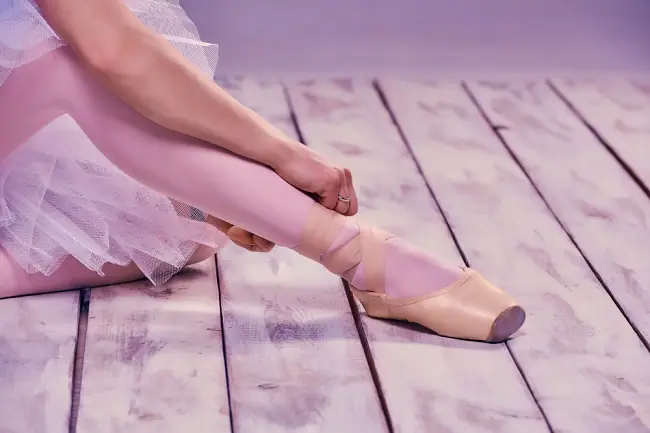Selecting the ideal pair of footwear for tap dancing goes beyond mere appearance; it serves as a vital component in a dancer’s journey towards mastering their craft. This choice significantly influences a dancer’s performance, affecting not only comfort and sound quality but also the dancer’s confidence and ability to execute complex routines quickly. Moreover, the right pair of tap footwear acts as an extension of the dancer, allowing for a deeper connection with the music and a more expressive performance.

For anyone making this choice—a novice looking to take the next step or an experienced expert looking to improve performance—it is imperative to understand the complexity involved. This guide aims to equip dancers with the necessary information to make an informed decision when selecting the right tap dance shoes , ensuring an enhanced performance on stage or in class.
Understanding the Basics: What Makes Good Tap Footwear
The foundation of suitable tap footwear lies in its ability to produce the correct sound while providing the dancer with adequate support and comfort. These shoes are typically characterised by their metal taps on the sole, which create the distinctive sound associated with this dance style. A high-quality pair will have a solid build, ensuring durability and a snug fit to prevent injuries.
Additionally, the shoe’s design facilitates movement, with a flexible sole allowing for intricate footwork and a padded insole offering shock absorption. The choice of materials also impacts the overall experience, with genuine leather providing breathability and conforming to the foot’s shape over time. This careful balance between functionality, comfort, and sound quality defines the essence of exceptional tap footwear, setting the stage for outstanding performances.
The Material Matters: Leather vs Synthetic
One of the first decisions a dancer must make is between leather and synthetic fabrics. Leather, being a natural material, tends to mould to the foot over time, offering a personalised fit. Its resilience and capacity to “breathe,” which lowers the possibility of foot odour, are more reasons for praise. On the other hand, synthetic materials can be more affordable and offer greater variety in colour and style. However, they might only last briefly and could provide less breathability.
Sound and Style: Finding Your Perfect Match
The sound produced by these particular shoes is as crucial as the fit. Different taps can alter the sound, with some providing a deeper tone and others a sharper click. Dancers should consider the tap style they perform most frequently and select a shoe that complements it. Additionally, the shoe’s visual style can add to a dancer’s confidence and performance persona, making it a key consideration in the selection process.
Comfort and Fit: Ensuring a Perfect Dance Experience
Nothing can compromise on a flawless fit when it comes to dancing shoes. A pair that fits too loosely can result in mishaps on stage; however, an overly tight pair may be painful and restrict the range of motion. Try on several sizes and walk around to ensure they offer comfort and stability. Some dancers prefer a snug fit, believing it provides better control, while others opt for a little extra space to accommodate swelling feet during performances.
Care and Maintenance: Prolonging the Life of Your Footwear
The lifespan of a dancer’s shoes can significantly increase with proper upkeep. Regular cleaning, using the correct products, and storing them in a dry, cool place can prevent premature wear and tear. Replacing worn taps can refresh an old pair, making them sound as good as new.
Conclusion
Choosing the proper tap dance shoes is critical for any tap dancer wishing to excel in their craft. By considering the material, sound, style, fit, and care, dancers can find a pair that meets their performance needs and enhances their dancing experience. With the proper footwear, dancers can step confidently onto any stage, ready to captivate their audience skillfully and precisely.







